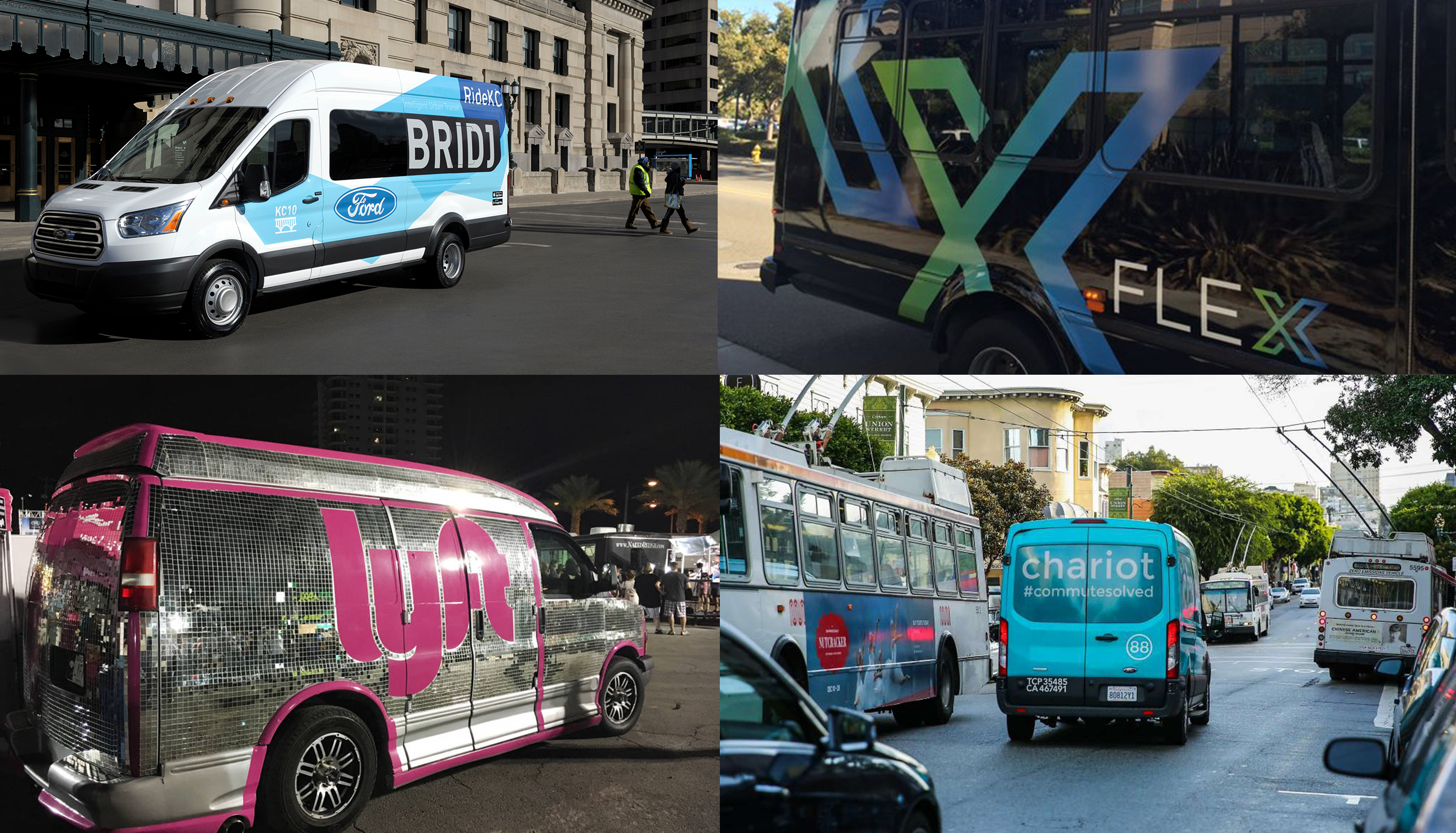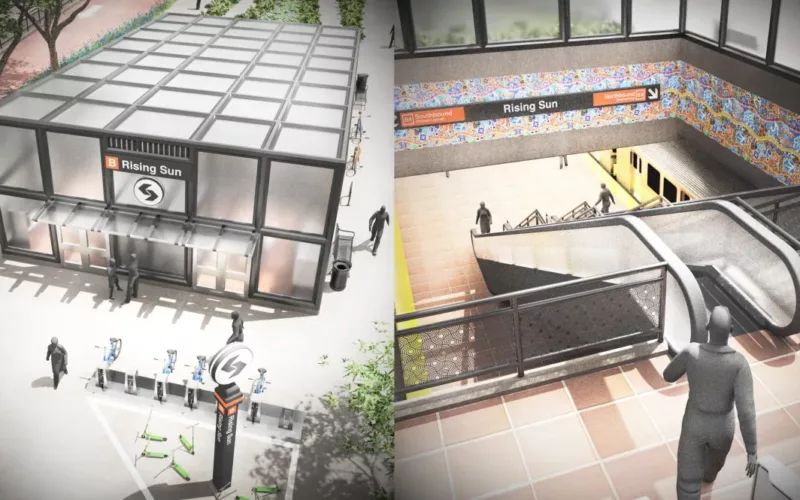
From the “Office of Extraordinary Innovation” at LA Metro comes the announcement the agency would be throwing its hat in the “microtransit” ring. It is currently soliciting proposals for an Uber Pool- or Chariot-like on-demand transit service designed to fill gaps in service coverage.
Cue the breathless claims that the pilot will “generate the most efficient possible trips for Metro riders” or that “trips will be cheaper for the rider” or that it will “put the customer experience at the forefront.”
It’s hard to know what Metro is going for here. On-demand transportation is already available from Uber and similar companies at far less than taxi prices. Where on-demand vans try to enter the transit market on their own, they compete directly with fixed route service in congested parts of cities as Chariot has done in San Francisco. Chariot is likely losing significant money and barely makes a dent in the overall SF transportation market. Bridj tried it in Boston and, without a big-money backer, is no more.
Subsidized microtransit has fared little better. The Bridj-Kansas City transit pilot netted about 4 rides a day, while a recent Lyft/Centennial, Colorado effort and San Jose’s “Flex” project also foundered on miniscule usage.
LA Metro has indicated that its microtransit service will run in designated zones in sprawling LA County. The geography has been intentionally left vague in the RFP, and will be determined by the firm selected.
Geography matters. Providing lifeline service at the edges of urban areas may be a case where subsidized van service makes sense. Some places in Los Angeles County, such as Lancaster, qualify for this distinction. But if Metro opts to subsidize microtransit in congested urban centers like Los Angeles or Santa Monica it will be more difficult to understand. Metro runs a risk of presenting an “innovation checklist” culture divorced from a hard-nosed focus on efficacy in its non-core program.
There’s a lot to like at LA Metro. The agency is investing millions to improve walking and bicycle access to 254 of its busiest rail stations and bus stops. This will not be an easy program to execute given the need to partner with municipal governments and navigate the region’s NIMBYism and backlash against reassigning street space from cars to other uses. It addresses a core problem for transit in Los Angeles and deserves more publicity and more leadership attention going forward.
Metro is also in the early stages of redesigning its flagging bus network and is trying out smart operating applications like all-door bus boarding that could be rolled out to many more routes. These too are vitally important efforts for the future of transit in LA that would benefit from a heightened public conversation, starting with Metro’s leaders.
For better or worse, LA Metro has enough money to paper over weak micro-transit results for some time. It’s doing that today with its badly planned, little-used Metro bike share program. But if LA isn’t able to begin building a stronger record on transit ridership, it’s possible that public and official support for transit investment will wane down the road. It’s still good times at Metro in the wake of 2016’s vote for the titanic Measure M, but the good times may not last without a clearer focus on the real problems for transit in Los Angeles: land use, walkability, frequent transit service and moving buses faster through traffic.
 On the Brink: Will WMATA’s Progress Be Erased by 2024?
On the Brink: Will WMATA’s Progress Be Erased by 2024?
The experience of being a WMATA rider has substantially improved over the last 18 months, thanks to changes the agency has made like adding off-peak service and simplifying fares. Things are about to get even better with the launch of all-door boarding later this fall, overnight bus service on some lines starting in December, and an ambitious plan to redesign the Metrobus network. But all of this could go away by July 1, 2024.
Read More To Achieve Justice and Climate Outcomes, Fund These Transit Capital Projects
To Achieve Justice and Climate Outcomes, Fund These Transit Capital Projects
Transit advocates, organizers, and riders are calling on local and state agencies along with the USDOT to advance projects designed to improve the mobility of Black and Brown individuals at a time when there is unprecedented funding and an equitable framework to transform transportation infrastructure, support the climate, and right historic injustices.
Read More